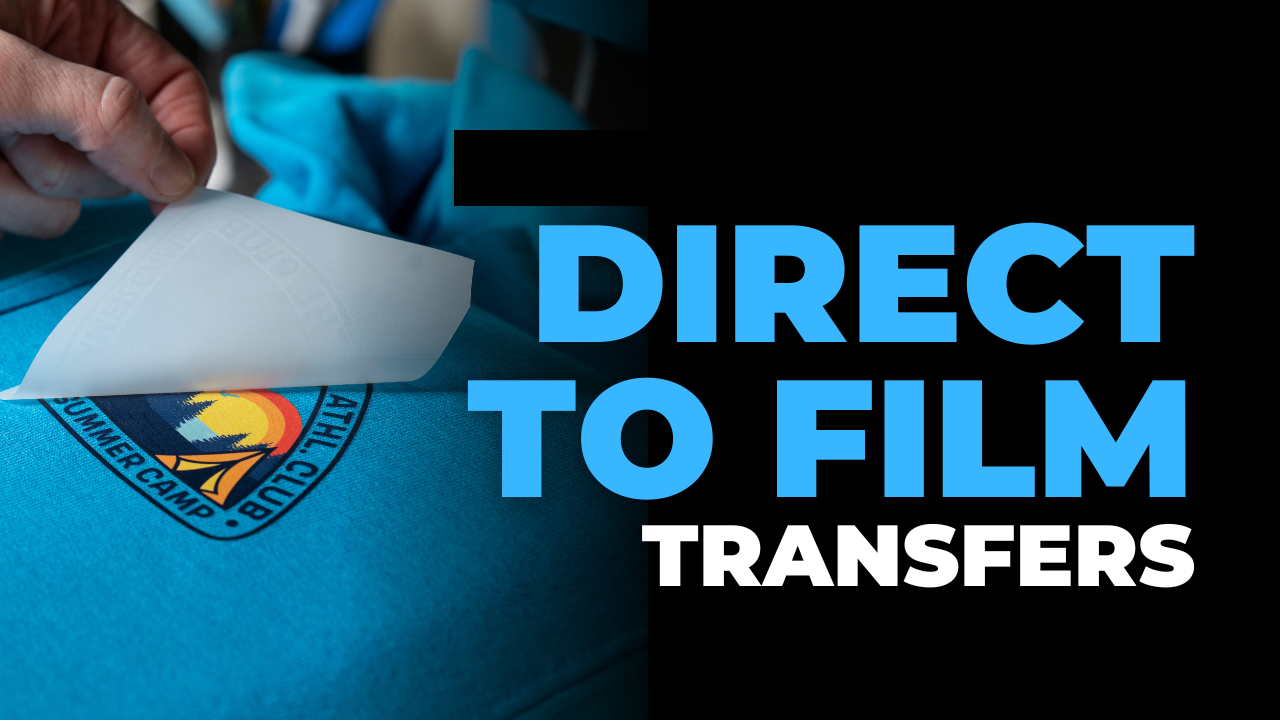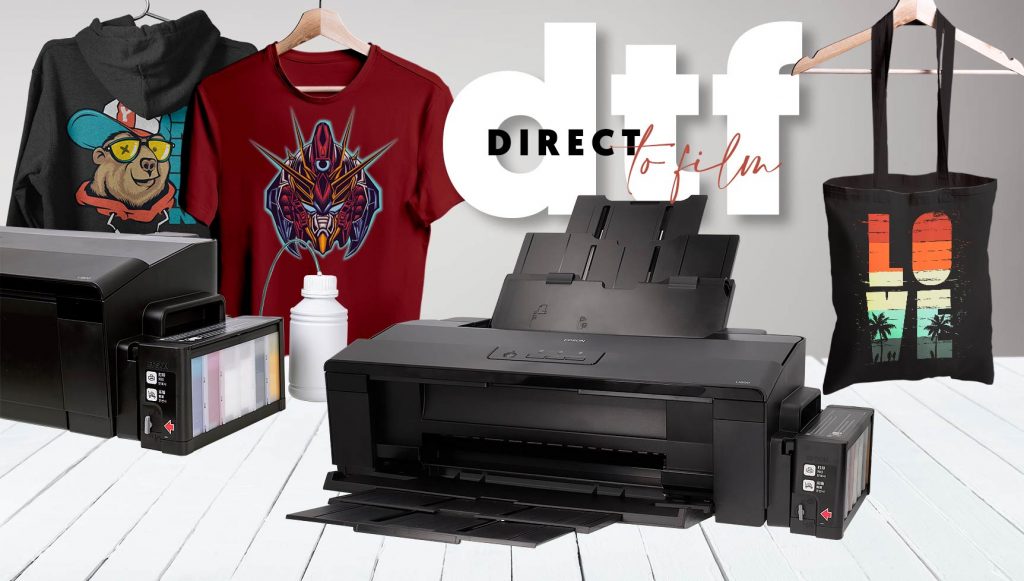News
by Mat Henderson on Aug 28, 2023
DTF printing, short for "Direct to Film" or "Direct to Fabric" printing, is a relatively new and innovative method in the world of garment and textile decoration. This technique has gained popularity due to its versatility, vibrant colors, and ability to print intricate designs on a variety of fabrics. In this guide, we'll delve into the details of DTF printing, exploring its process, advantages, and applications.
Understanding DTF Printing
What is DTF Printing?
DTF printing is a modern digital printing method that involves transferring a design directly onto fabric using a combination of specialized inks and heat. Unlike traditional methods that involve multiple steps, such as creating screens or transferring images onto transfer paper, it allows for direct application onto the fabric.
The DTF Process
The DTF process involves several steps:
Preparation: The design is created digitally, either using graphic design software or by scanning an existing image.
Printing: The design is printed onto a special heat-resistant film using DTF-specific inks. These inks are formulated to adhere to the fabric and withstand heat.
Application: The printed film is placed onto the fabric, with the ink side facing down. Heat and pressure are then applied, causing the ink to adhere to the fabric fibers.
Curing: After application, the fabric is typically heated in a heat press or conveyor dryer to cure the ink and ensure its durability.
Peeling: Once cured, the film is peeled away, leaving the printed design directly on the fabric.
Advantages of DTF Printing
Versatility: DTF printing works on a wide range of fabrics, including cotton, polyester, blends, and even some non-textile surfaces.
Color Vibrancy: The inks used in DTF printing result in vibrant and rich colors, allowing for intricate and detailed designs.
Durability: The cured ink becomes part of the fabric, making it resistant to washing, cracking, and fading.
Complex Designs: It can handle complex designs with gradients, shadows, and fine details that might be challenging with other printing methods.
Short Runs: It is well-suited for both small and large production runs, making it a flexible option for businesses of all sizes.
Applications of DTF Printing
DTF printing finds applications in various industries:
Apparel and Fashion
DTF printing is widely used in the fashion industry to create custom clothing, including t-shirts, hoodies, and activewear. Its ability to print intricate designs and full-color graphics makes it popular among designers.
Promotional Products
From tote bags to hats and accessories, DTF printing can be used to customize promotional items with logos, slogans, and branding.
Sportswear and Team Uniforms
Sports teams and athletes can benefit from DTF printing to create personalized uniforms with team logos, names, and numbers.
Home Textiles
This can enhance home textiles such as cushion covers, bed linens, and curtains, allowing for unique and personalized décor.
Event Merchandise
Concerts, festivals, and other events can use this to produce merchandise such as event t-shirts and memorabilia.
In Conclusion
DTF printing has emerged as a versatile and efficient method for printing high-quality designs directly onto fabric. Its ability to produce vibrant colors, intricate details, and durable prints makes it a popular choice for various industries. As technology advances, it is likely to continue evolving and expanding its applications, offering new possibilities for garment and textile decoration.
FAQs
1. Is DTF printing suitable for all types of fabrics? DTF printing works well on a variety of fabrics, including cotton, polyester, blends, and certain non-textile surfaces. However, it's essential to consider fabric compatibility and conduct tests before large-scale production.
2. Can DTF printing be used for personalized designs? Yes, DTF printing is ideal for creating personalized designs, as it allows for intricate details, vibrant colors, and custom graphics.
3. Is DTF printing environmentally friendly? DTF printing can be considered more environmentally friendly than traditional screen printing because it requires fewer chemicals and generates less waste. However, like any printing method, it's important to use eco-friendly practices and inks.
4. Does DTF printing have any limitations? While DTF printing offers many advantages, it may not be suitable for all types of designs or fabrics. Some designs with extremely fine details or textures might not translate well using this method. Additionally, fabric composition can affect the quality of the print.





